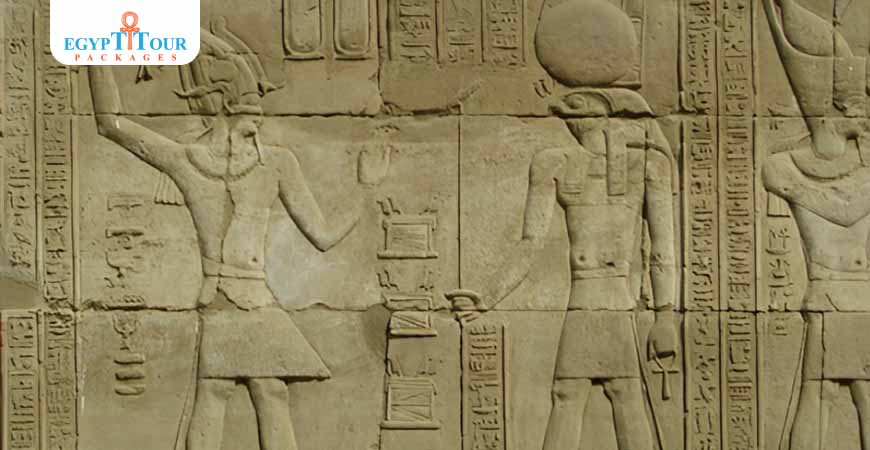
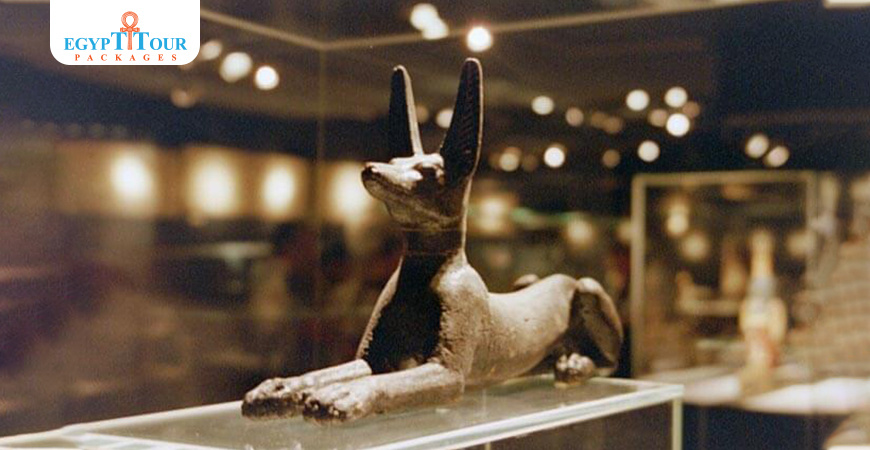
Mummification Museum
The Mummification Museum is an archaeological museum in Luxor, Upper Egypt. It is dedicated to the art of Ancient Egyptian mummification.
Mummification Museum Luxor
The Museum of mummification housed in the old visitors' center of the Corniche in front of the Mina Palace Hotel, the Museum of mummification exposes everything about the mummies and mummification.One can see the well-preserved mummy of the high priest of Amon of Dynasty XXI Maserharti, as well as large numbers of animals mummified. It also provides the tools and materials used in the process for example a spoon and a metal spatula that were used to extract the brain as well as various objects essential for the journey of the mummy to the otherworld and some painted coffins. At the entrance there is a small statue of the jackal Anubis god of embalming that helped Isis to mummify the body of her brother and husband Osiris.The The Mummification Museum is an archaeological museum in Luxor, Upper Egypt. It is dedicated to the art of Ancient Egyptian mummification. Mummification Museum is located on north of Luxor Temple located on the east bank of Nile River in the city called luxor , it was known in the egyption language as Luxor Temple and contains the techniques of the ancient Pharaonic art of mummification that the ancient Egyptians applied to many creatures not just humans. Mummies of cats, fish and crocodiles are displayed in this unique museum. We can also learn about the methods that were used in those works. The process was opened during the era of former President Mohamed Hosni Mubarak in 1997.

Luxor Museum Mummies
Mummification of the dead is the preservation of the bodies of the dead using chemical substances, so that the human body maintains its appearance and appears as if it is alive. In addition it fulfills the requirements of some religions that delay burial for several days or force the body to be transported to another place so mummification prevents the body from rotting. Recently, the method of mummification was discovered and its materials and methods were discovered. The ancient Egyptians discovered mummification by leaving the corpse on hot sand covered by the rays of the sun as it was found that the corpse does not decompose quickly. Herodotus mentioned some methods and from here we were able to discover the method of mummification.
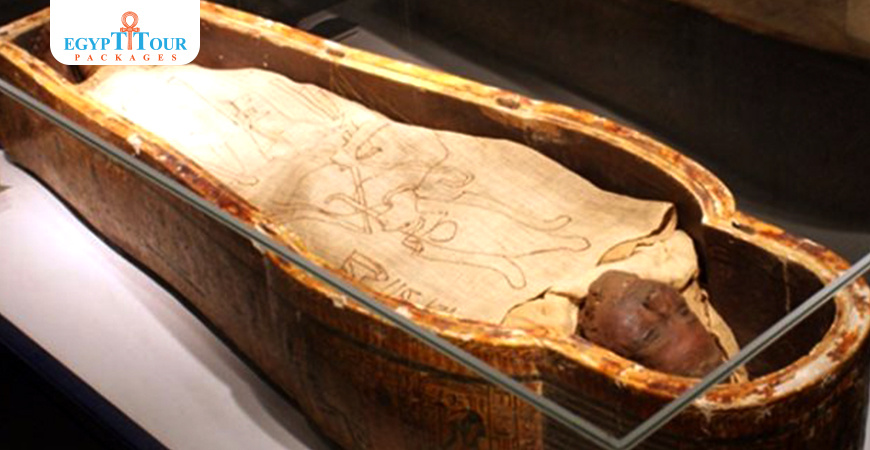
Mummy Museum Luxor
The museum contains the following sections: The exhibition hall: which in turn includes two sections, the first is the ramp, where there are ten hanging paintings showing the details of the rituals of the funeral procession and the procedures that follow from death to burial from the real Nefer papyrus that are displayed in the British Museum, and the second displays more Sixty pieces in 19 glass display windows .The The Mummification Museum is an archaeological museum in Luxor, Upper Egypt. It is dedicated to the art of Ancient Egyptian mummification. Mummification Museum ’s exhibits revolve around 11 basic topics: (the gods of ancient Egypt - mummification materials - organic materials - mummification fluids - methods used in the mummification process - canonical vessels to preserve the internal organs of the deceased and which took the form of the four sons of Horus - amulets - the coffin of Badi Amun - the mummy of my magicians. (The son of King Ba-Najm I, who was the high priest of Amun and commander of the army) and it is the only human mummy in the museum - mummified animals). The museum includes more than 150 ancient Pharaonic pieces, including the “mummification bed” used in the mummification process, which was found broken into several parts in Tomb No. 63 in the Used as a burial chamber for nearly 500 years, the Valley of the Kings was used for royal burials for the Kings,their families, and their possessions. Valley of the Kings . Among the tools for mummification present in the museum are “the razor for fragmenting the brain, the spatula, the spoon for internal cleaning, and scissors.” - Tweezers - etc. The museum also includes scenes that exactly mimic the “Hunifer” and “Ani” papyri, which date back to 1200 years BC, while the original resides in the British Museum.

Mummification Museum ( Luxor)
The Museum of Mummification displays animal mummies inside it, such as the mummy of an ibis bird, and the mummy of a monkey in the sarcophagus, both of which are symbols of the deity Thoth, the god of knowledge and wisdom. They had special cemeteries in Saqqara and Tuna al-Jabal in Minya and the mummy of a mummified duck from the modern era was mummified by Dr. Zaki Iskandar in 1987. 1942 to prove knowledge of the method of mummification among the ancient Egyptians the mummy of a newborn crocodile, the mummy of a white-skinned fish found in Esna the center of its worship, and a statue and mummy of a cat that was symbolized in ancient Egypt by “Bastet,” which increased in popularity in Tel Basta, Zagazig.
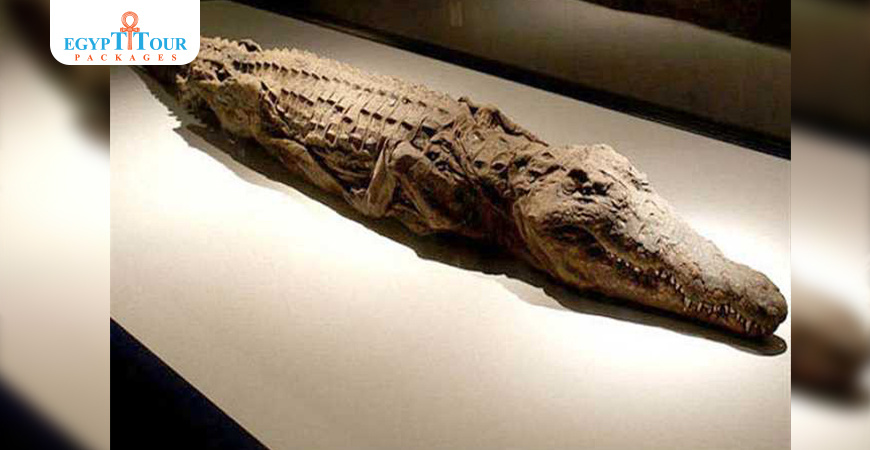
Luxor Mummification Museum
There is a model of a funeral boat to transport the body of the deceased across the Nile to the western mainland, and it was placed in tombs or had pictures on their walls as every Egyptian whether in life or death had to use a boat to make the journey to Abydos, where the burial place of “Osiris,” the god of the afterlife, and his mummy A crocodile, which in ancient Egypt symbolized the god “Sobek,” the god of water and fertility. He was found in a shrine in the Kom Ombo Temple as the city was the most important center of his worship. The ancient Egyptian would raise him in lakes within the temple’s annexes and the god “Sobek” was the lord of the city of crocodiles. In Fayoum among the ancient Egyptians, he worshiped there and part of a great temple was dedicated to him.
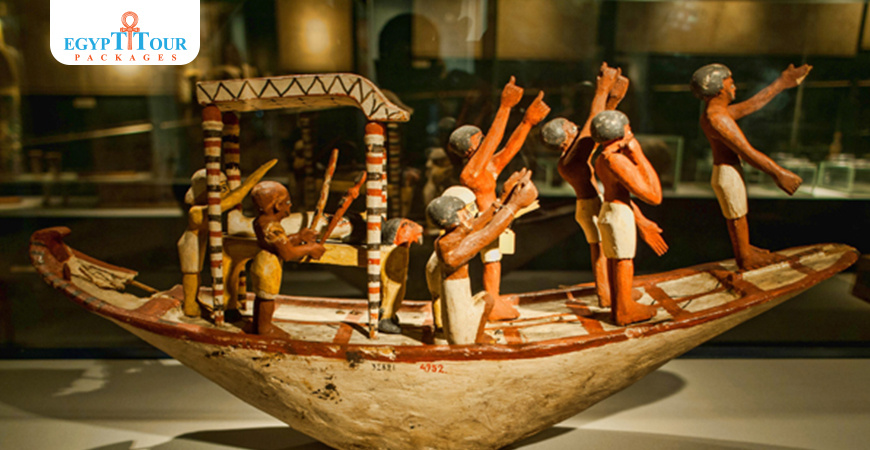
Post A Comment
Your Email Address Will Not Be Published.
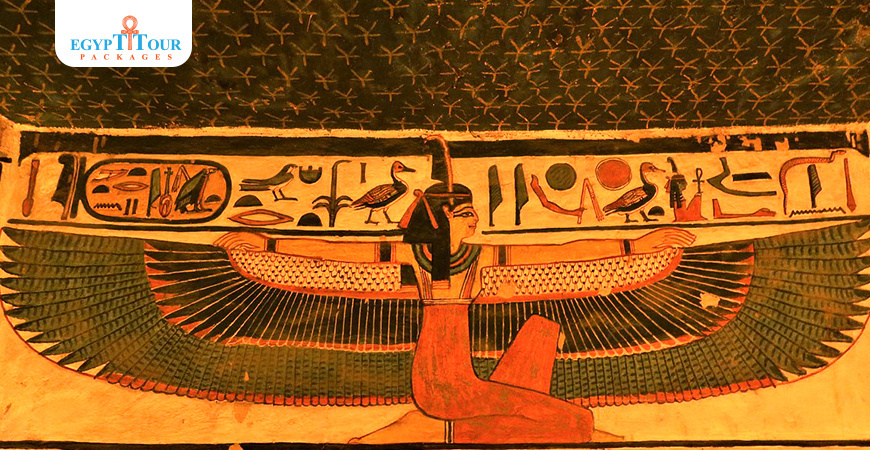
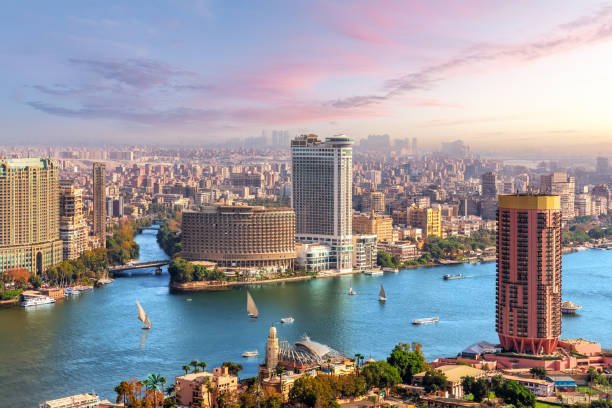
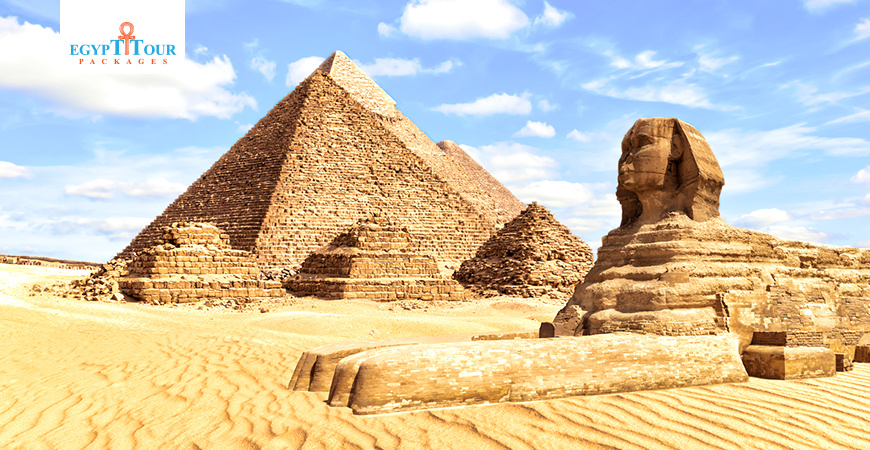
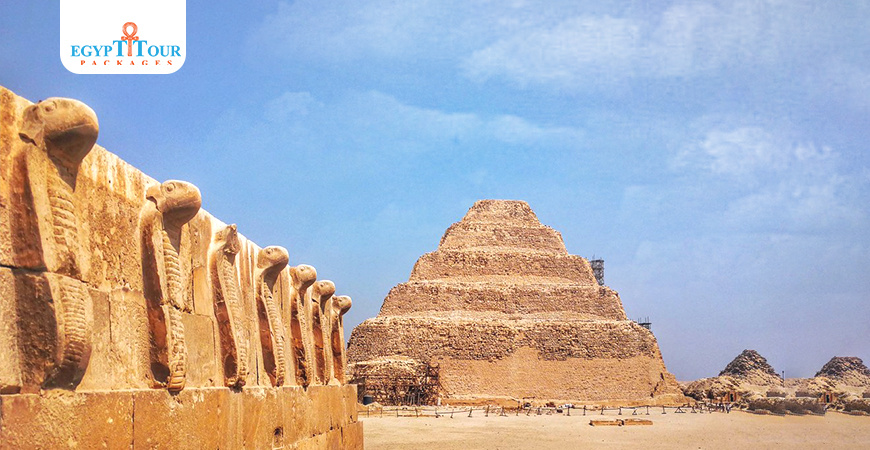







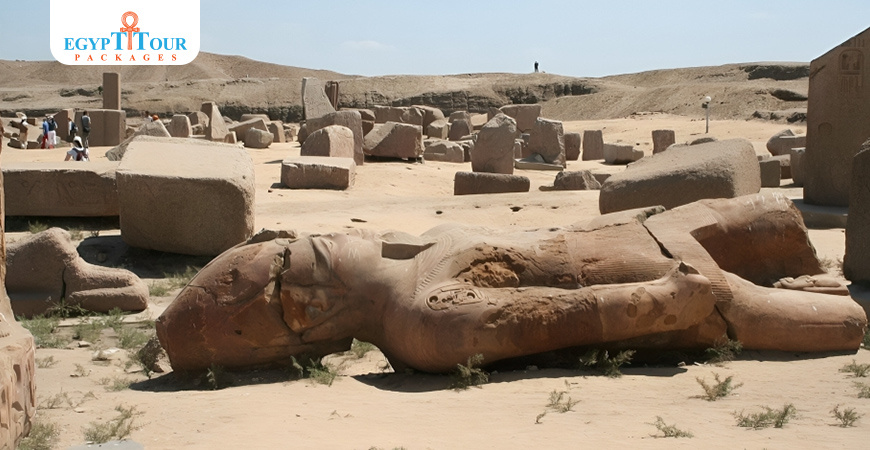

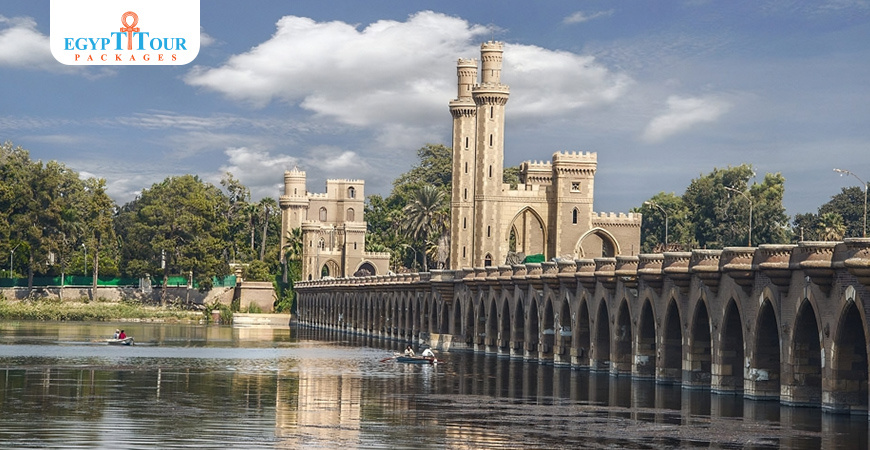



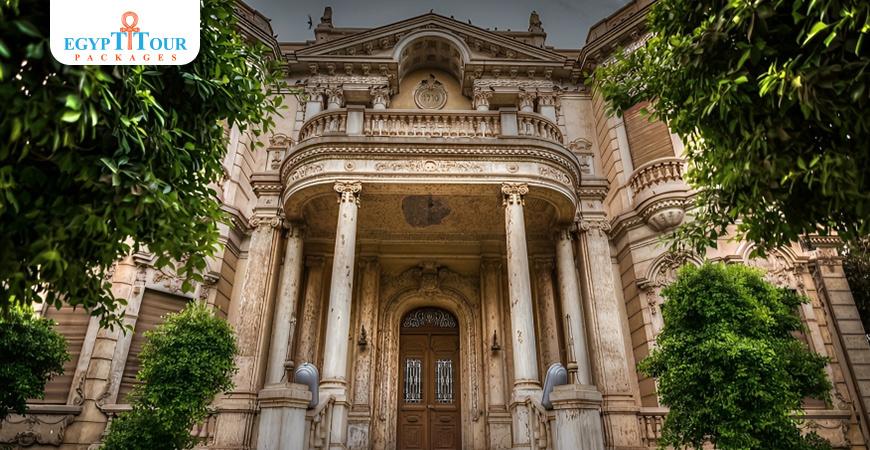
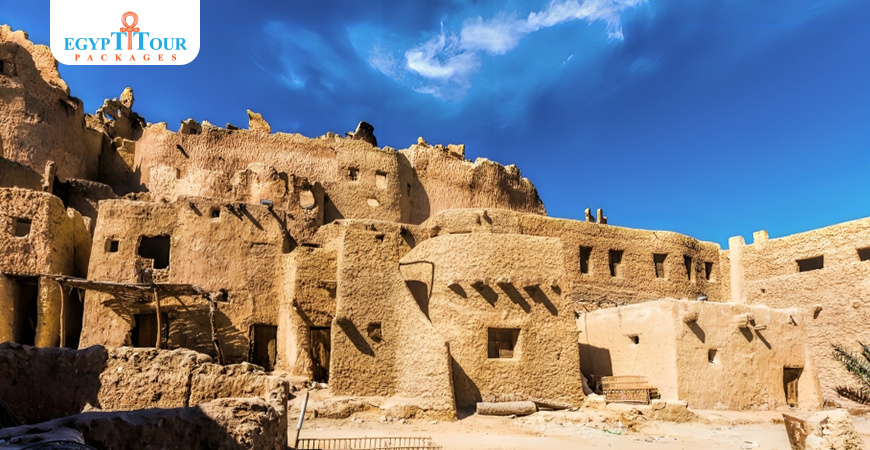
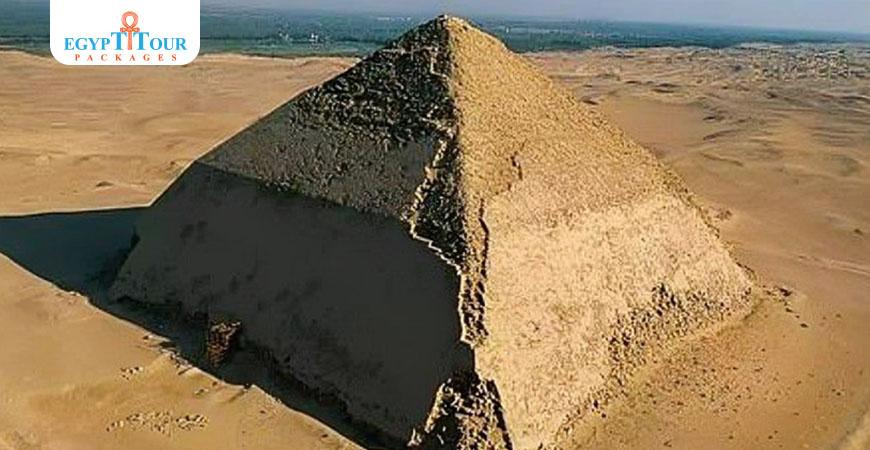
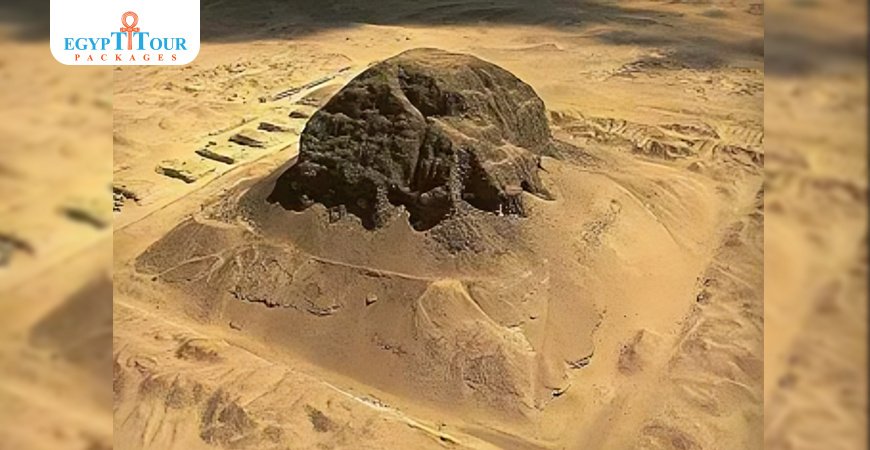
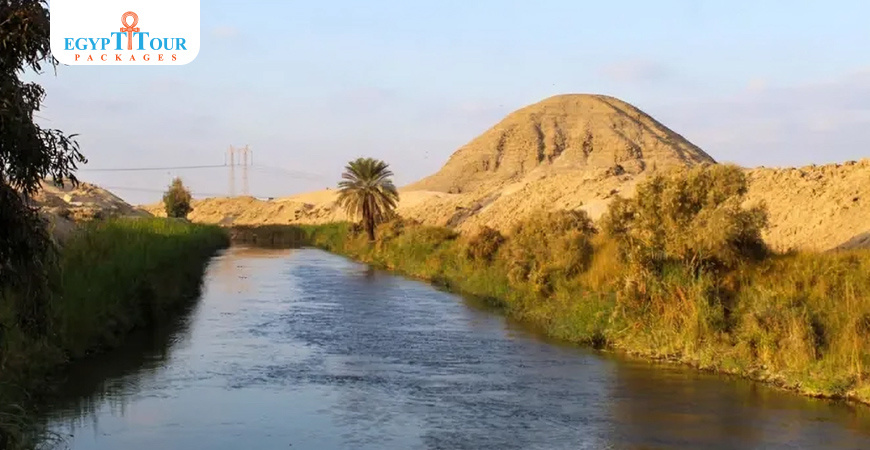
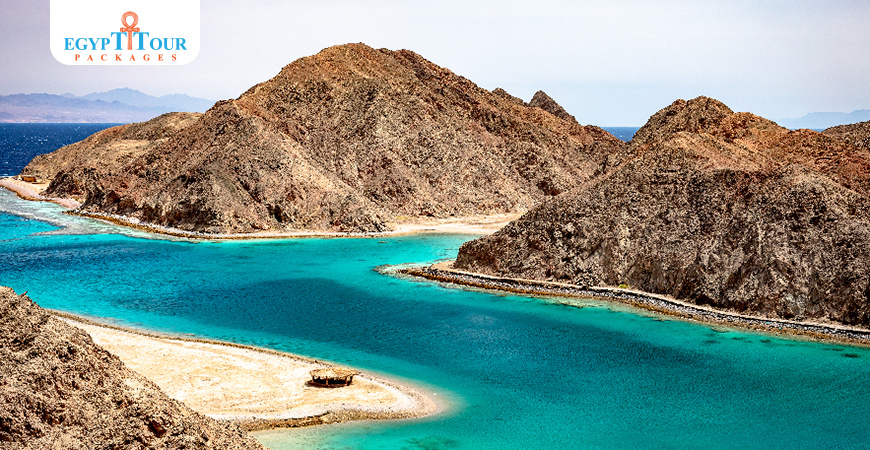

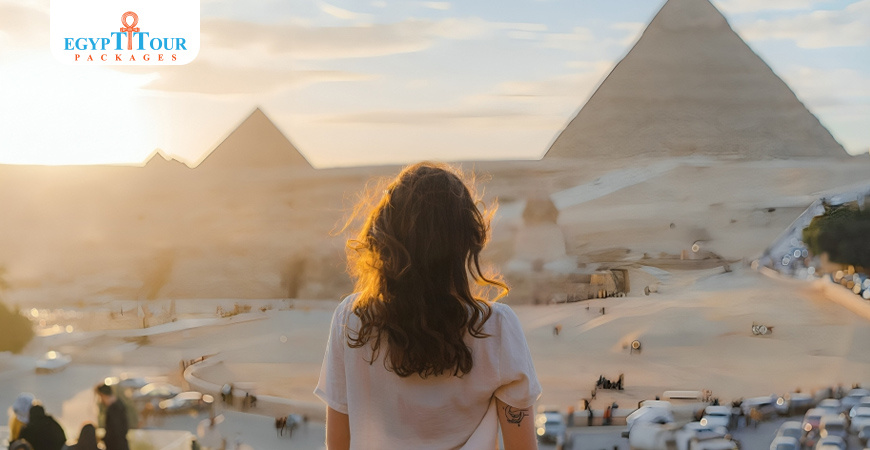
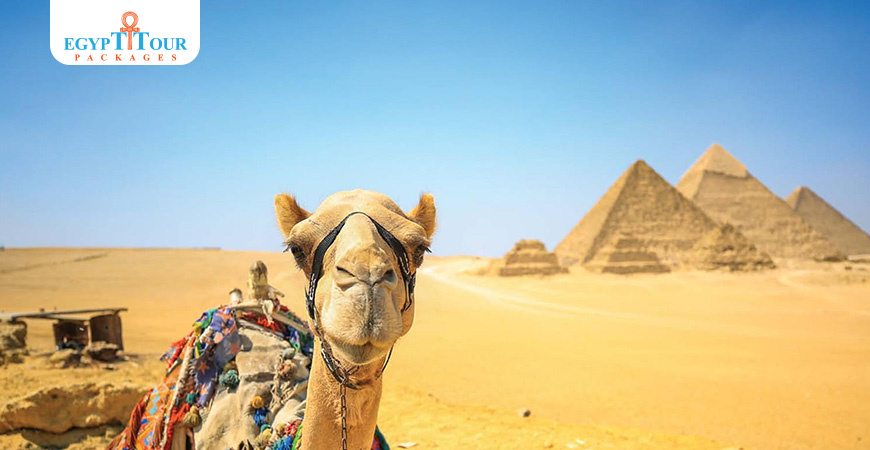
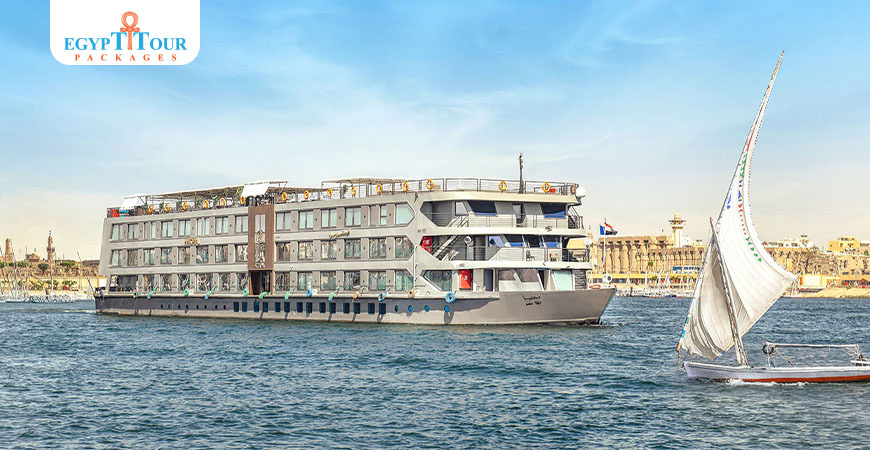










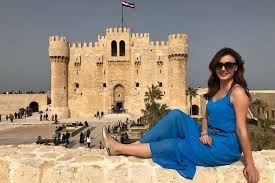
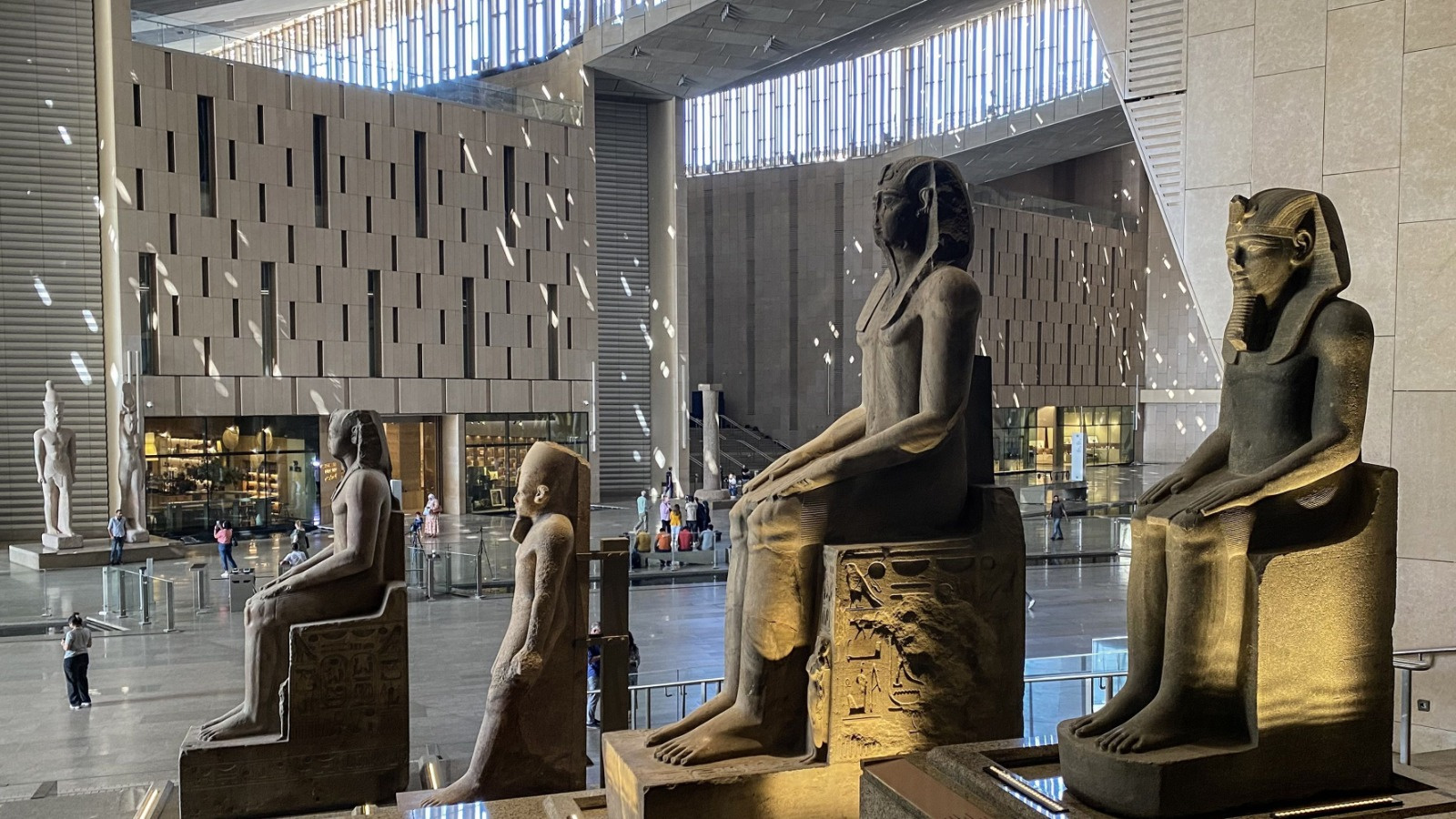
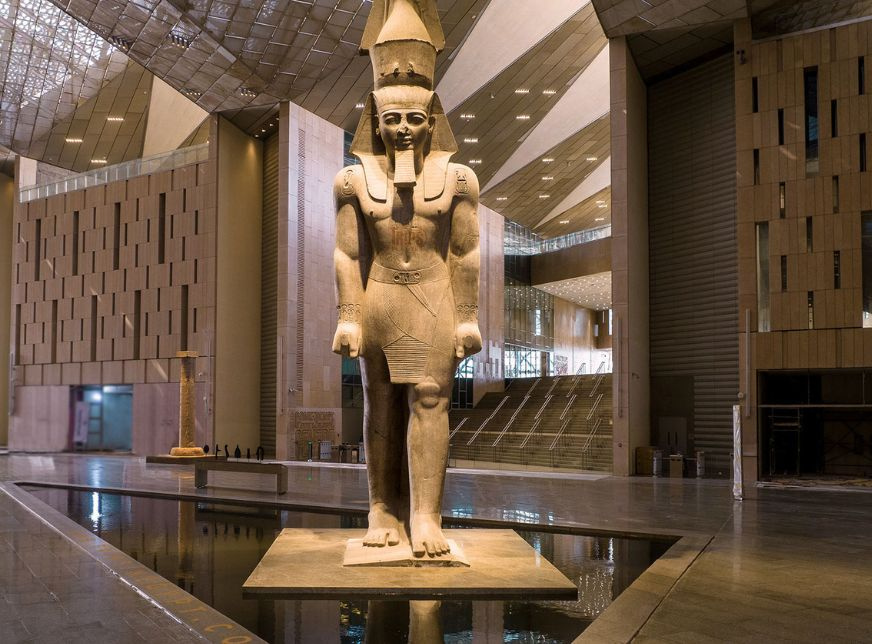
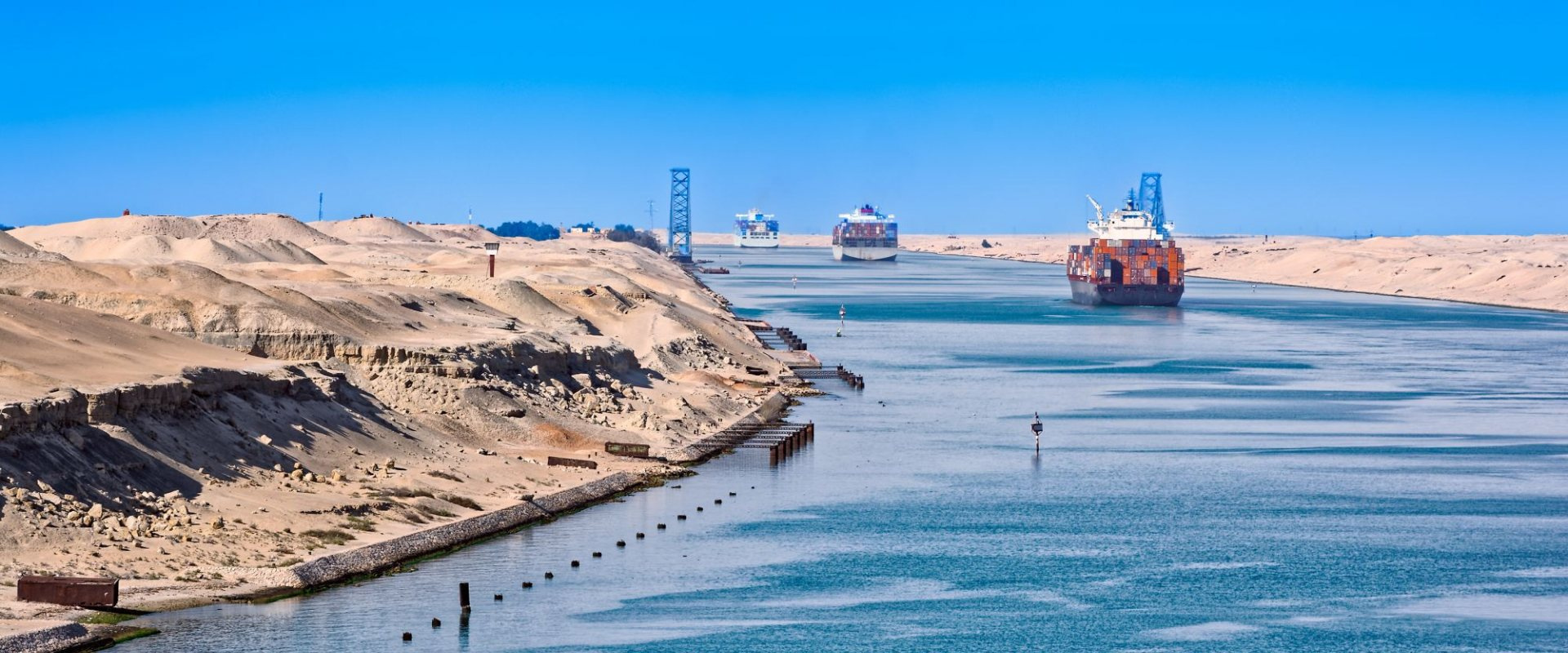
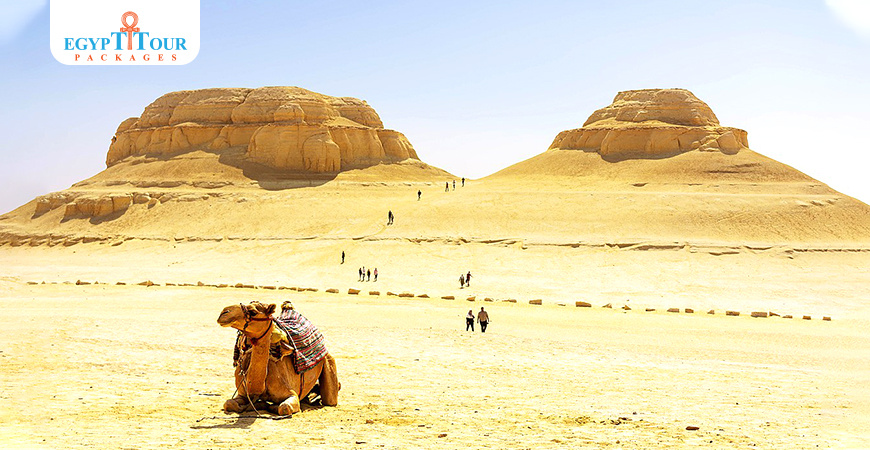
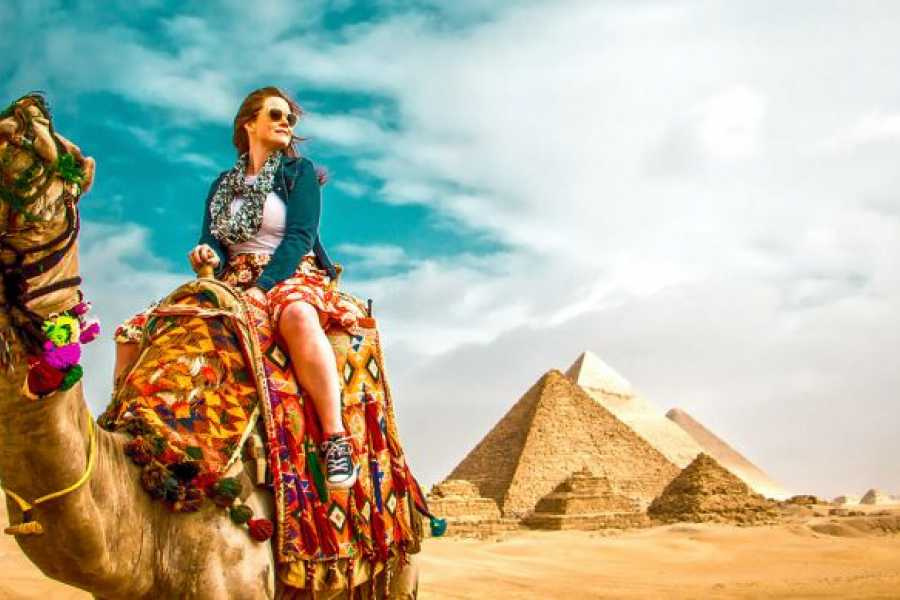
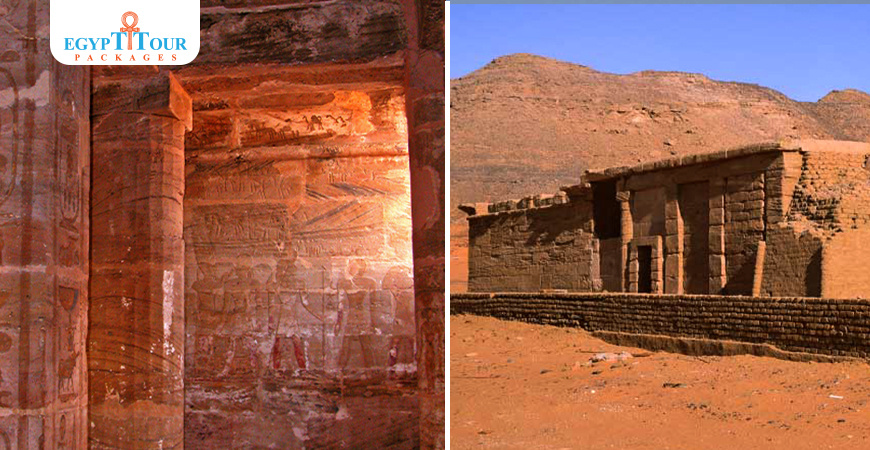
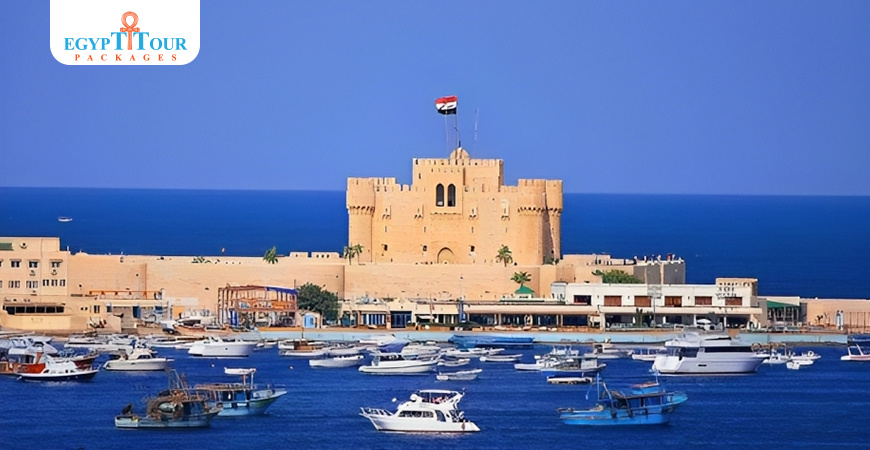

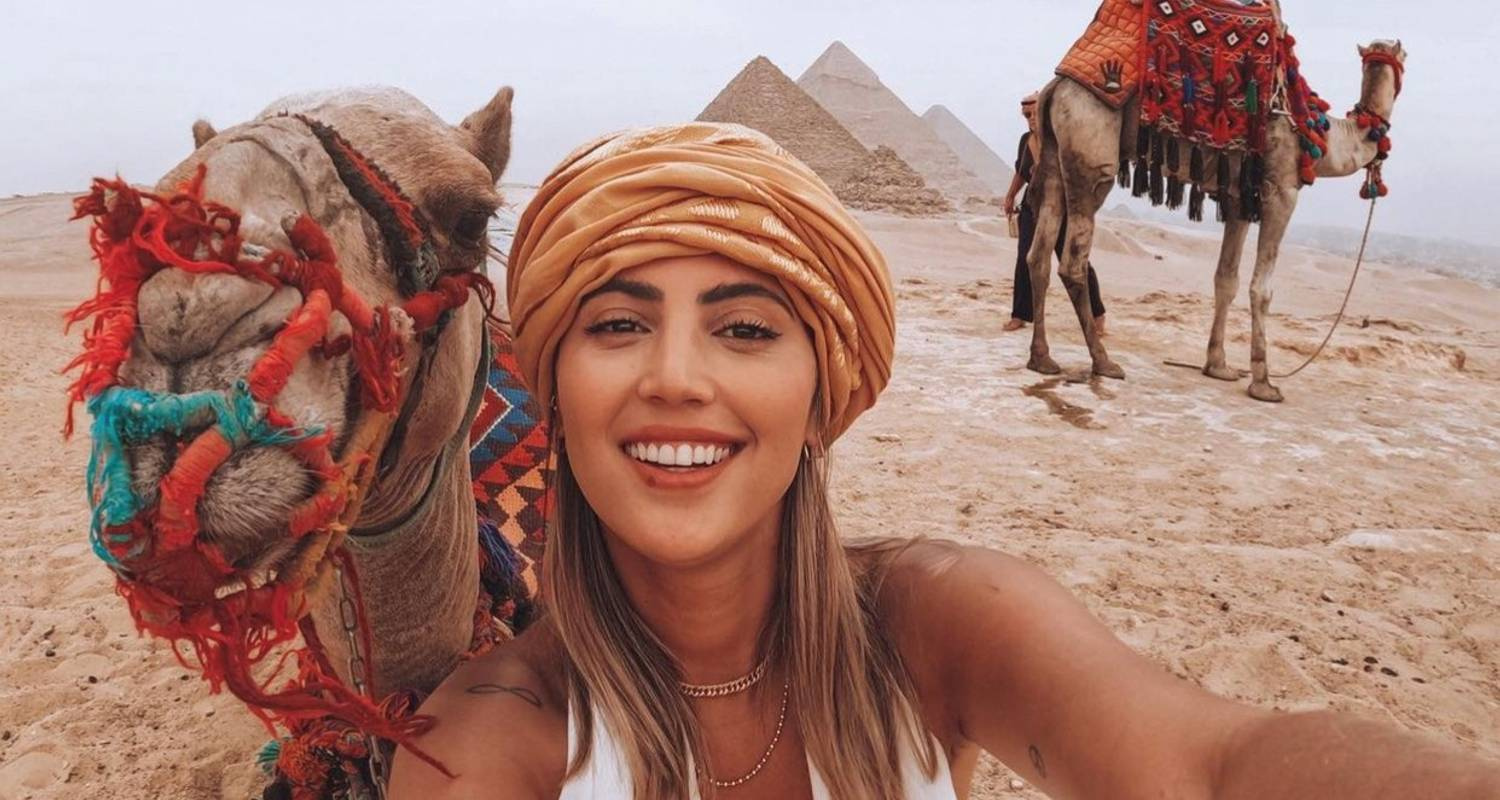
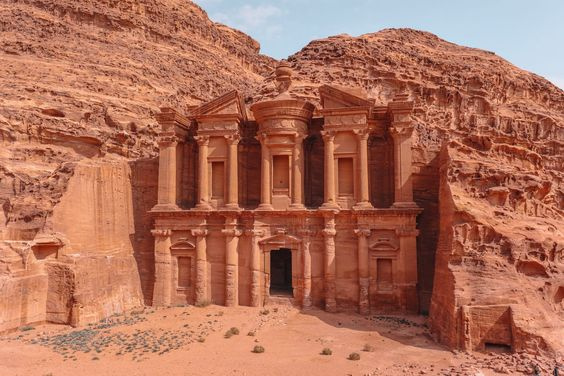
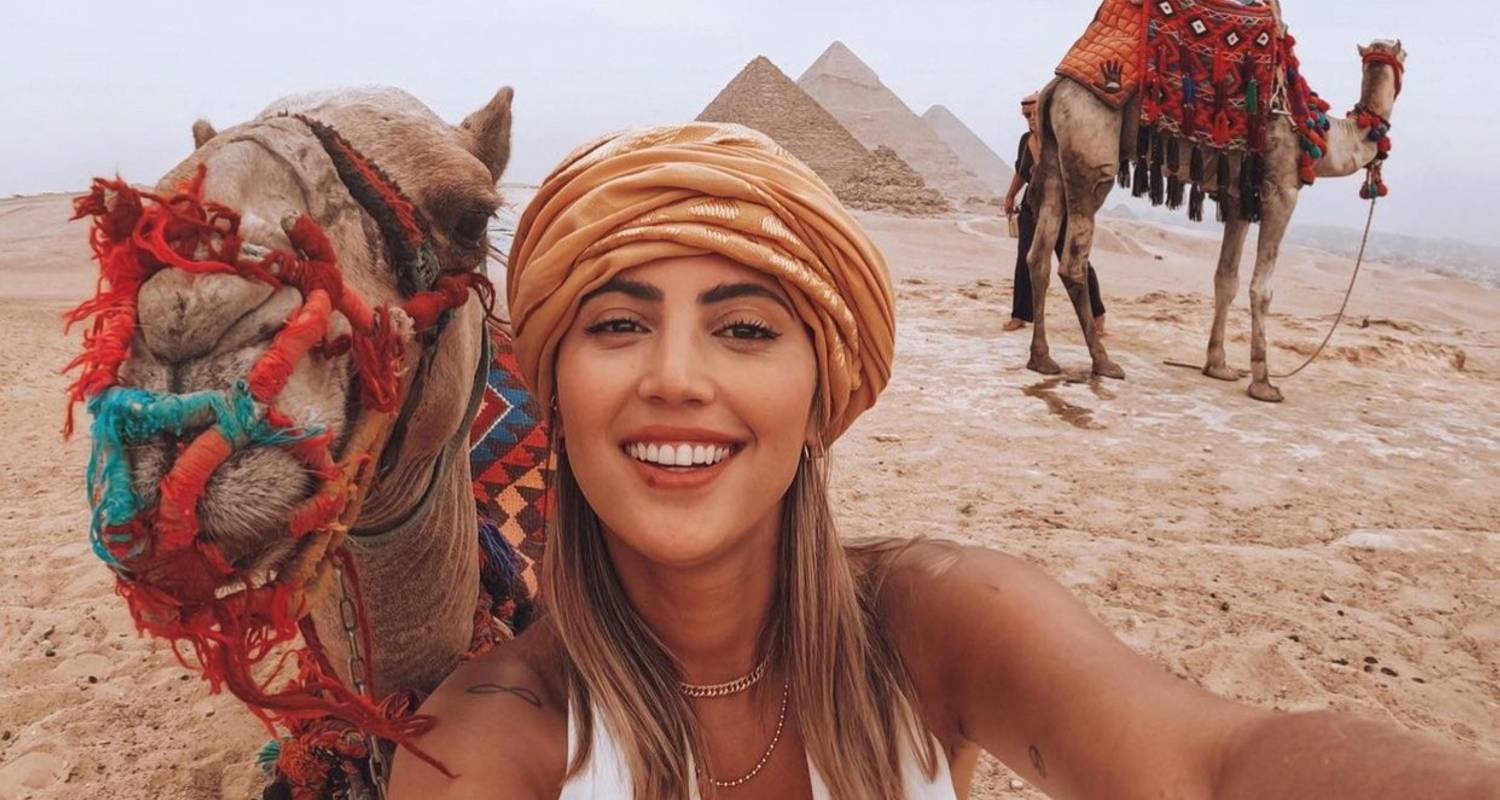
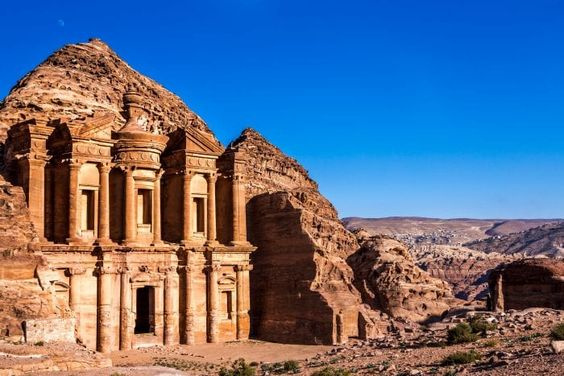
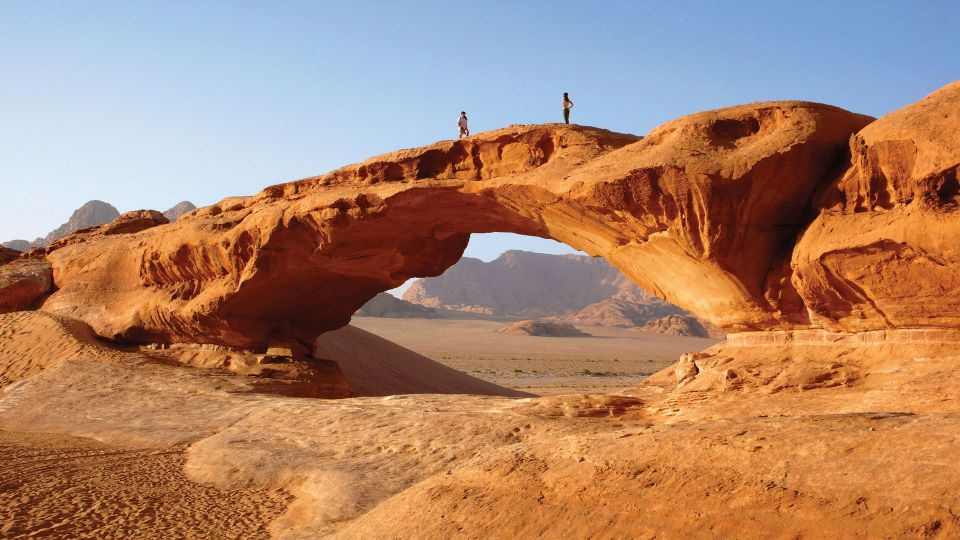









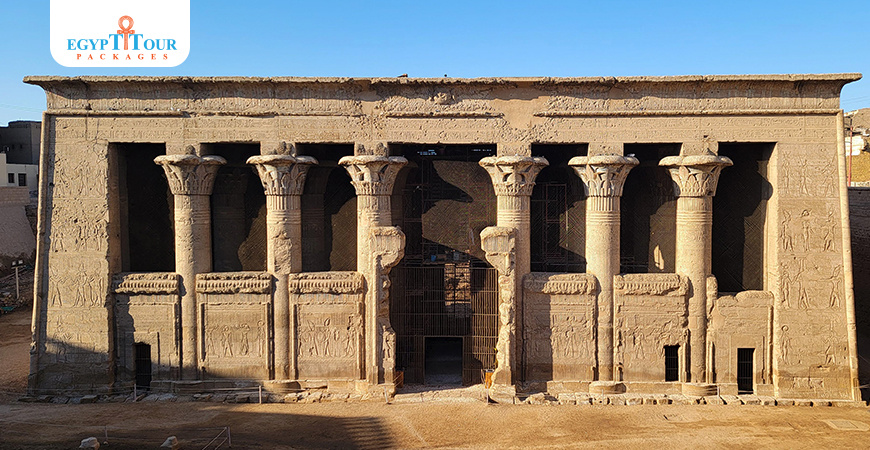
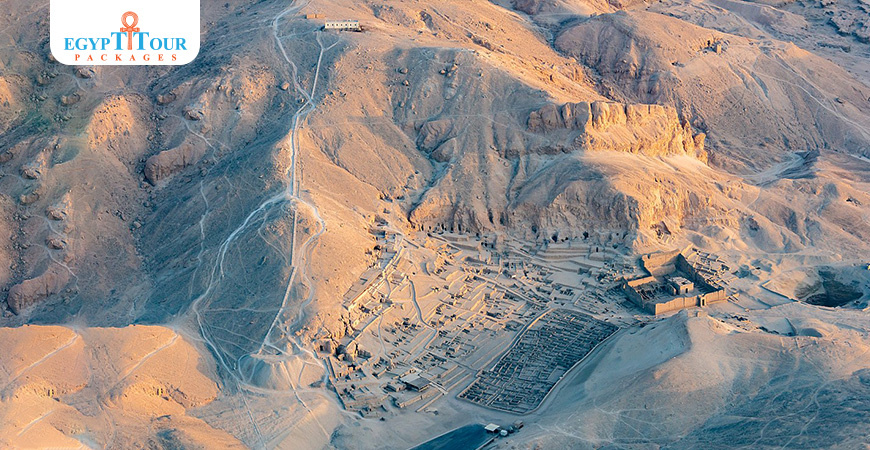
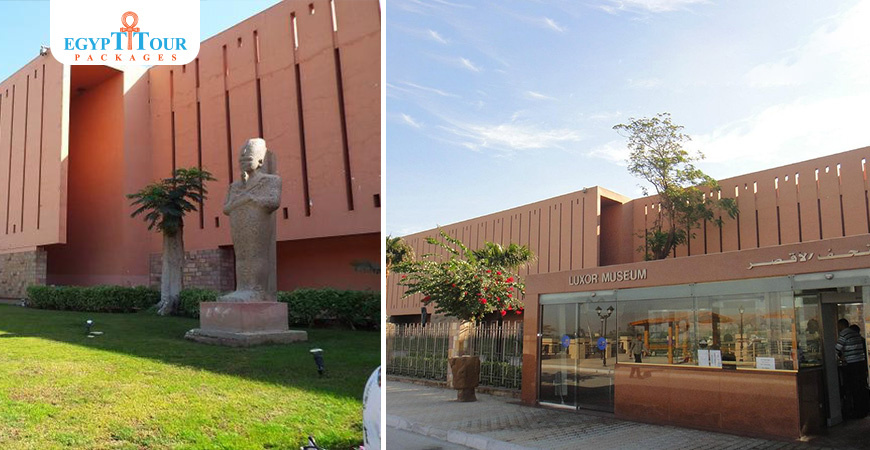

0 Comments